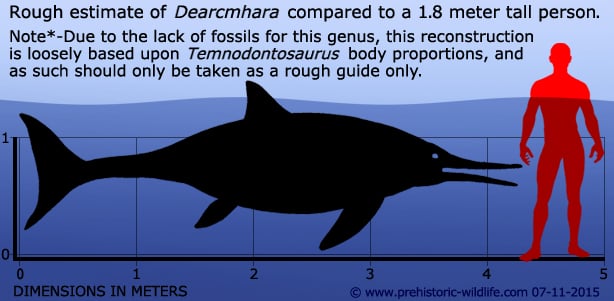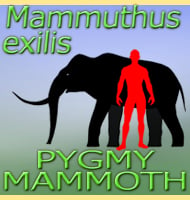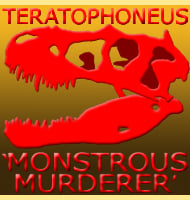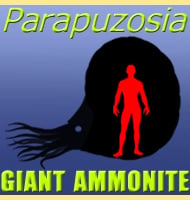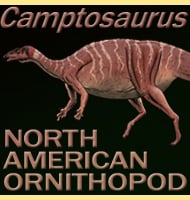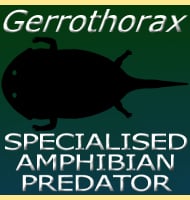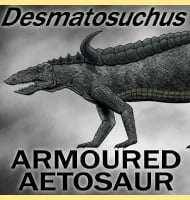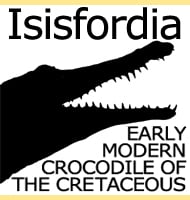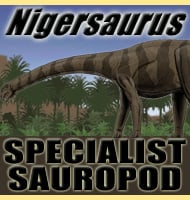In Depth
In 1959 a fossil hunter named Brian Shawcross found a few portions of what was once an ichthyosaur some 175-182 million years before. Shawcross donated this find to the Hunterian museum in Glasgow, Scotland, but for over fifty years the fossils were just listed as those of an ichthyosaur. Then in 2015 a collaborative project conducted between the University of Edinburgh, National Museums Scotland, the Hunterian Museum, Scottish National Heritage and the Staffin Museum of Skye brought fossils that had been found on the Island of Skye over the past few decades and subjected them to modern day scrutiny. The fossils of the ichthyosaur found by Shawcross in 1959 were few, in fact only four bones of the original skeleton had been collected. Yet between these bones several features were mapped out that had not been seen in any other known species of ichthyosaur, meaning one thing; Shawcross and the researchers on the project had discovered a new genus of ichthyosaur.
The new ichthyosaur was named Dearcmhara, and at the time it represents one of the few times that the Gaelic language has been used to name a genus. Although the named begins with a ‘D’, it is pronounced as if it were a ‘J’ (full pronunciation above). The type species name D. shawcrossi is in honour of the first discovery of the fossils, Brian Shawcross. Since the 2015 naming, Dearcmhara has been credited as the first marine reptile known from Scotland, though no relative of the Loch Ness Monster as it is now often joked!
Despite the lack of fossils, Dearcmhara has been identified as a member of the Neoichthyosauria (a sub group of the Parvipelvia), though probably a primitive one. This means that Dearcmhara may have been similar to genera such as Temnodontosaurus which was known to have been swimming in oceanic waters from the British Isles to Germany during a similar time as Dearcmhara. However this group also includes more specialised forms such as Eurhinosaurus, Excalibosaurus and Ophthalmosaurus amongst others, which were also all active at a similar time and location. These however were all fairly advanced and quite specialised, and without further fossils being found, it would be hard to tell if Dearcmhara went down a specialist line. One of the key things about Dearcmhara is that muscle attachment points on the main fore fin were very different to those seen before in other genera. We don’t yet fully understand why this should be, but future discoveries may yet shed more light upon this interesting genus.
Further Reading
- Ichthyosaurs from the Jurassic of Skye, Scotland. Scottish Journal of Geology. - S. L. Brusatte, M. T. Young, T. J. Challands, N. D. L. Clark, V. Fischer, N. C. Fraser, J. J. Liston, C. C. J. MacFayden, D. A. Ross, S. Walsh & M. Wilkinson - 2015.
